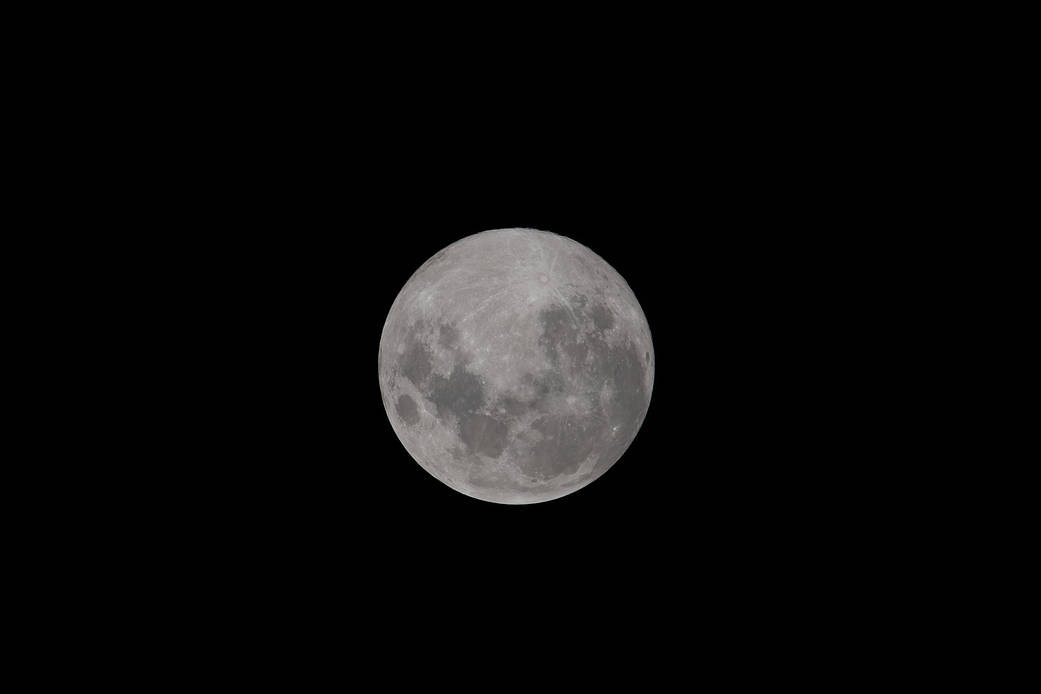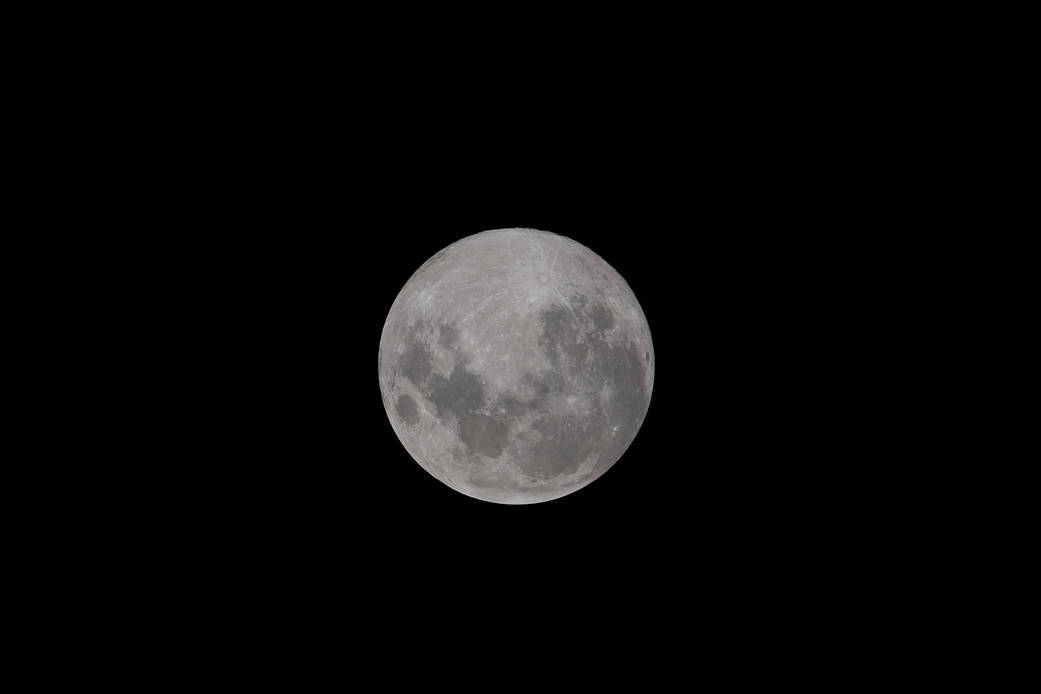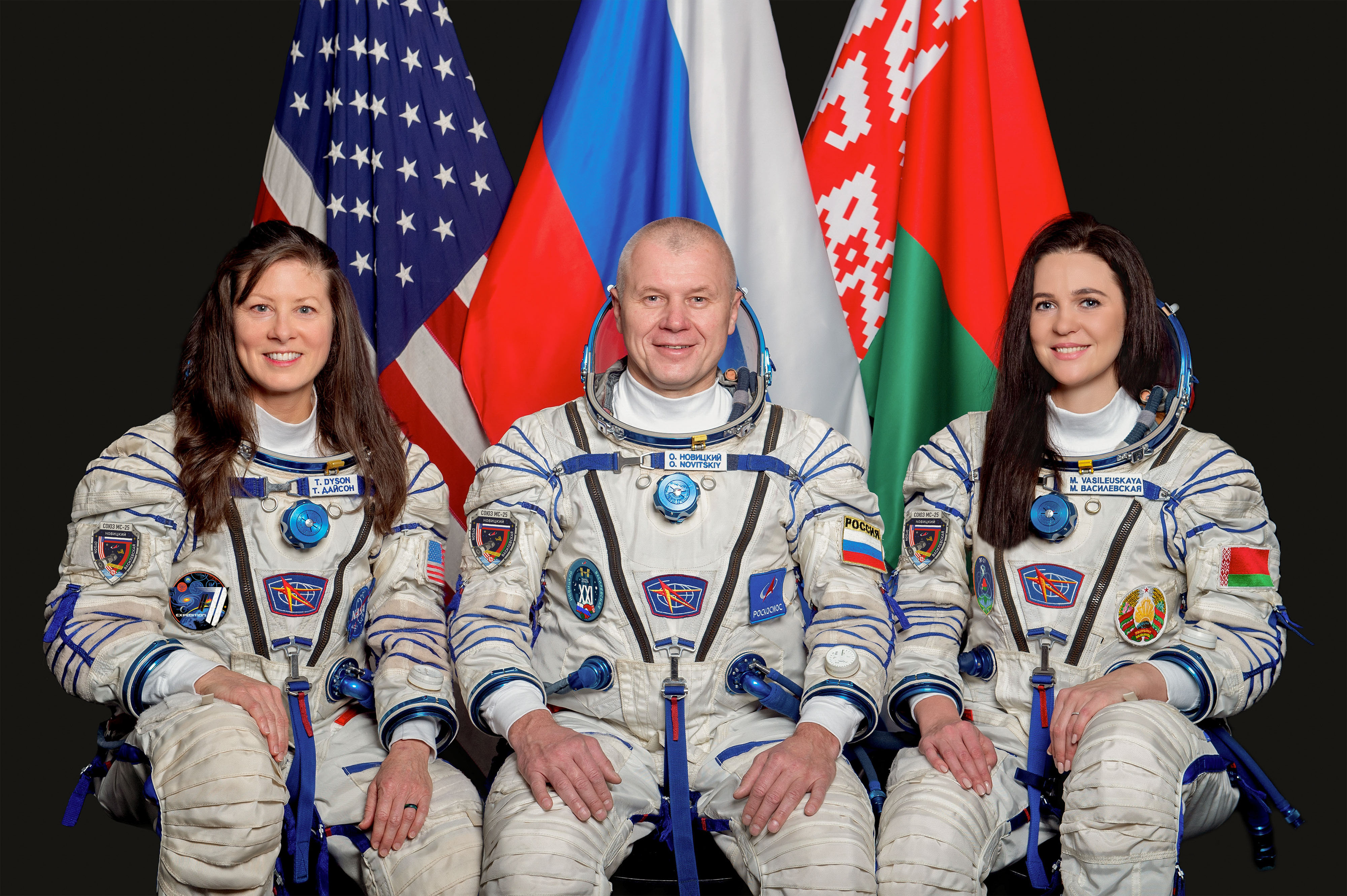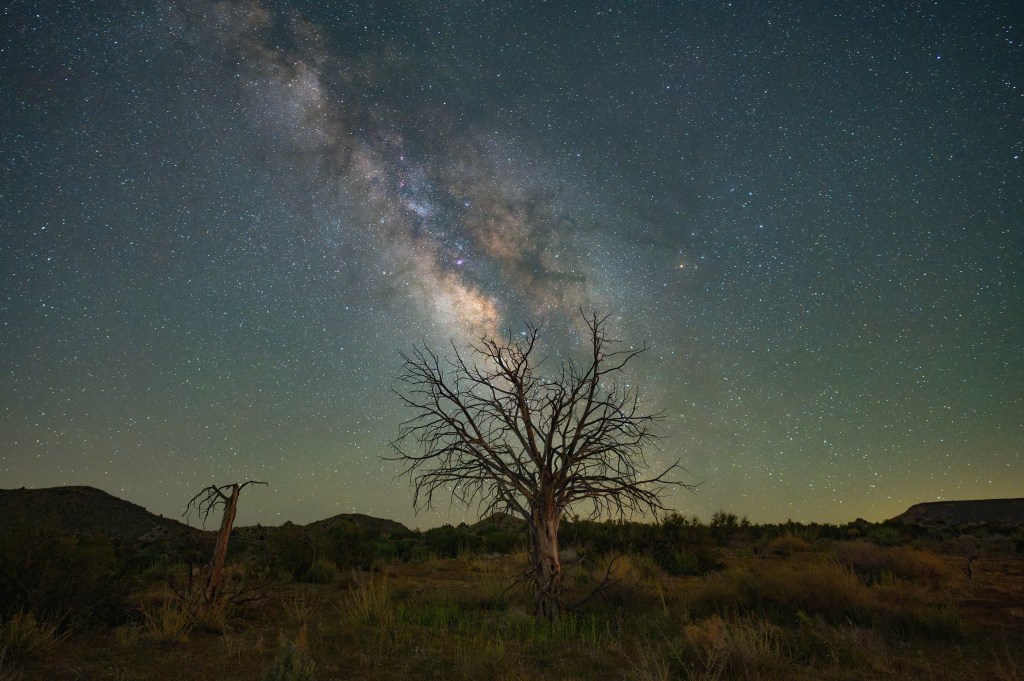NASA to Develop Lunar Time Standard for Exploration Initiatives
NASA will coordinate with U.S. government stakeholders, partners, and international standards organizations to establish a Coordinated Lunar Time (LTC) following a policy directive from the White House in April.

NASA will coordinate with U.S. government stakeholders, partners, and international standards organizations to establish a Coordinated Lunar Time (LTC) following a policy directive from the White House in April. The agency’s Space Communication and Navigation (SCaN) program is leading efforts on creating a coordinated time, which will enable a future lunar ecosystem that could be scalable to other locations in our solar system.
The lunar time will be determined by a weighted average of atomic clocks at the Moon, similar to how scientists calculate Earth’s globally recognized Coordinated Universal Time (UTC). Exactly where at the Moon is still to be determined, since current analysis indicates that atomic clocks placed at the Moon’s surface will appear to ‘tick’ faster by microseconds per day. A microsecond is one millionth of a second. NASA and its partners are currently researching which mathematical models will be best for establishing a lunar time.
To put these numbers into perspective, a hummingbird’s wings flap about 50 times per second. Each flap is about .02 seconds, or 20,000 microseconds. So, while 56 microseconds may seem miniscule, when discussing distances in space, tiny bits of time add up.
“For something traveling at the speed of light, 56 microseconds is enough time to travel the distance of approximately 168 football fields,” said Cheryl Gramling, lead on lunar position, navigation, timing, and standards at NASA Headquarters in Washington. “If someone is orbiting the Moon, an observer on Earth who isn’t compensating for the effects of relativity over a day would think that the orbiting astronaut is approximately 168 football fields away from where the astronaut really is.”
As the agency’s Artemis campaign prepares to establish a sustained presence on and around the Moon, NASA’s SCaN team will establish a time standard at the Moon to ensure the critical time difference does not affect the safety of future explorers. The approach to time systems will also be scalable for Mars and other celestial bodies throughout our solar system, enabling long-duration exploration.
As the commercial space industry grows and more nations are active at the Moon, there is a greater need for time standardization. A shared definition of time is an important part of safe, resilient, and sustainable operations,” said Dr. Ben Ashman, navigation lead for lunar relay development, part of NASA’s SCaN program.
NASA’s SCaN program serves as the office for the agency’s space communications operations and navigation. More than 100 NASA and non-NASA missions rely on SCaN’s two networks, the Near Space Network and the Deep Space Network, to support astronauts aboard the International Space Station and future Artemis missions, monitor Earth’s weather and the effects of climate change, support lunar exploration, and uncover the solar system and beyond.
Learn more about NASA’s plan to return to the Moon at:
What's Your Reaction?



















.jpg?#)

































